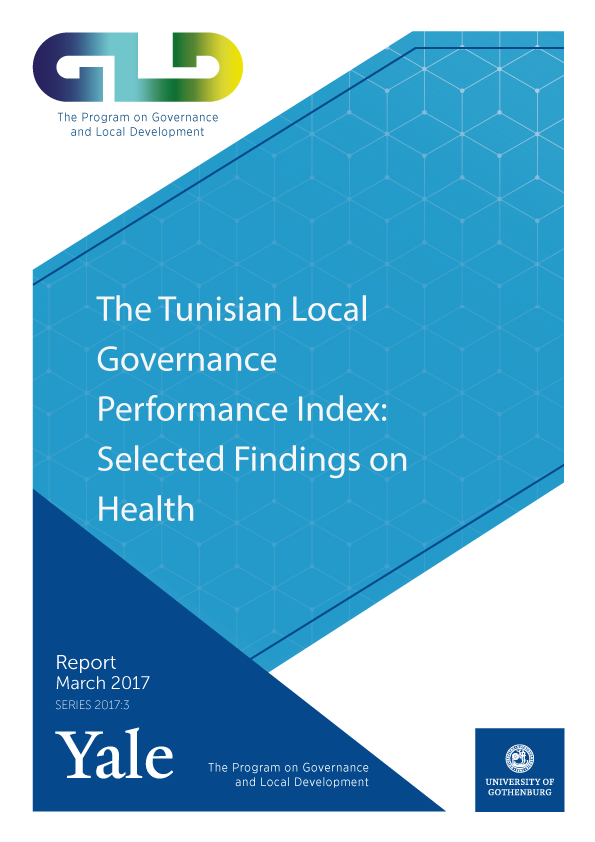The Tunisian LGPI: Selected Findings on Health (2017)
Tunisia has a very good health-care system compared to most of the Arab world. The healthcare system includes primary-care clinics and health centers, which deal with nearly 60 percent of public-sector medical outpatients, reproductive-health visits, schools, and student-health visits; a secondary-care sector with 209 district and regional hospitals; and a tertiary sector with 24 hospitals and academic institutions. It also has a large and expanding private sector, located predominantly in the coastal urban center. The public sector employs 49 percent of doctors, 73 percent of dentists, and 80 percent of pharmacists, and receives 54 percent of total health-care spending. Most Tunisians’ health-care spending is covered or subsidized by insurance plans: Public and private employees and self-employed workers (about 66 percent of the population) are covered by insurance plans overseen by the Caisse nationale de l’assurance malade (CNAM). Another 22 percent of the population is covered by the Free Medical Assistance to the Poor (FMAP)/Medical Assistance Schemes (MAS), made available via a chahedat fakr, or poverty certificate, allocated by the Ministry of Social Affairs. Together, these plans cover close to 90 percent of Tunisians. The availability of health care and insurance may help explain why, according to the World Health Organization, Tunisia has the best health indicators of all North African countries.
However, Tunisia’s health system does face challenges. These challenges lie mainly in the heavy debts the country’s public health-care system shoulders and the fact that private health care, which is of much higher quality, is unaffordable to most. Moreover, doctors and citizens report that health-care service quality varies greatly across localities, with inequities related to class and education.
This report sheds light on both the successes and the shortcomings of the health-care system in Tunisia. It identifies areas needing improvement and highlights areas where the system is doing a good job. Armed with this information, citizens and stakeholders can channel efforts to areas in need and seek to understand best practices and drivers of success from areas of excellence.
